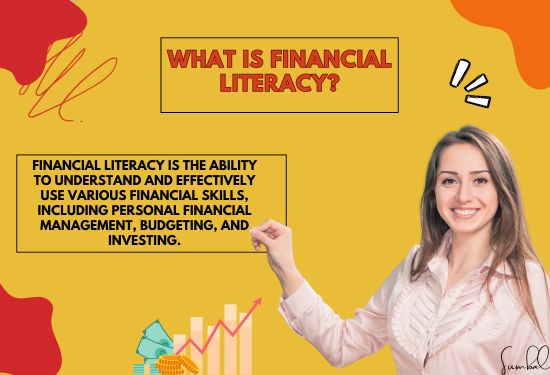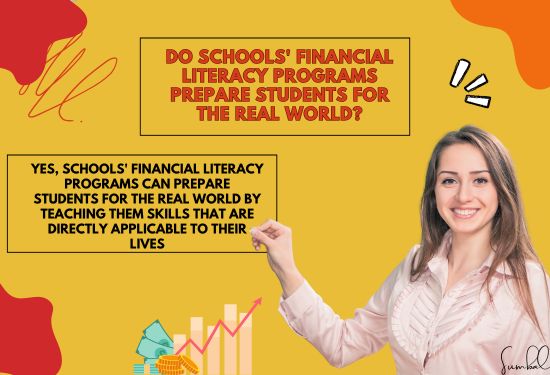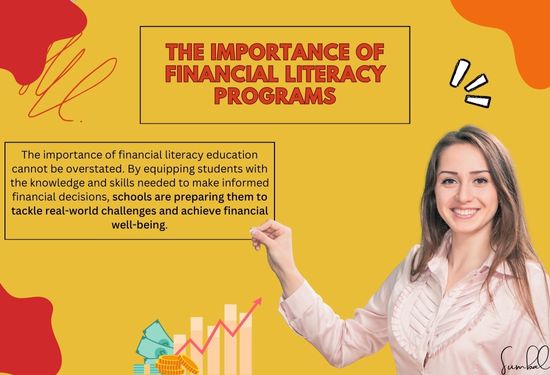Society has become one where every aspect of people’s lives involves the matter of dealing with money. Therefore, students should know how to handle money. School-based financial initiatives are designed to help students address the required knowledge deficit that may otherwise hinder their sound decisions in personal finance, budgeting, savings, investment and knowing credit. The time has come to teach students about this.

The Benefits of Early Financial Education
One must have a good understanding of the financial world to have a sound financial future. These resources are taught to the children at a tender age to enable them to understand various aspects of financial management, avoid pitfalls such as debt, and even plan for their future. According to research, those who are financially literate are more likely to invest, save, and even have a comfortable retirement.
Including financial literacy as part of the school curriculum means that no students will be left out due to their status of coming from a certain background. Employing such an instructional approach prepares them for real-life situations, including paying bills, loans, etc.
Efficiency of School-Based Financial Literacy Programs
An increasing number of schools have incorporated financial literacy into classes, and children are now taught budgeting, taxes, and personal finance by role-playing to apply the teaching content in practice.
- Building Confidence: Students become more confident in how they handle their money. When they are taught what a bank statement looks like, they feel they can do it independently.
- Improved Decision-Making: Students understand how interest rates work, what credit score means and the role of saving, thus making wiser financial decisions. For instance, knowing compound interest's effectiveness can lead to early investment.
- Closing the Knowledge Gap: For many years, financial education has not been integrated into mainstream school curricula. If students are encouraged to talk about money from an early age, then when they grow up, they will not get easily overwhelmed by matters regarding money.

Challenges and Limitations
- Standardization Issues: Lack of specific standards for all students leads to different patterns of financial knowledge among the students. Some schools focus on simple things only, while others go further into investing and retirement.
- Lack of Resources: Most schools struggle to allocate time, qualified teachers and funds to offer a proper financial education.
- Real-World Disconnect: Opponents have stated that these approaches are insufficient in developing students’ practical scenarios in their financial lives. But just as students may learn how to balance a cheque book, they may not acquire practical skills such as salary negotiation, tax filing or handling of an emergency financial situation.
Areas for Improvement
Schools should take a more pragmatic approach to increase the efficacy of financial literacy initiatives:
- Incorporate Real-World Applications: Teach lessons on student loans, credit cards, mortgages, and taxes to prepare for financial responsibilities.
- Engage Professionals: Include top financial advisors and experts who can share practical information.
- Start Early and Reinforce Regularly: Teach students from a young age and then continue over their years of schooling.
- Leverage Technology: Showing apps in class and performing calculations to make the lessons fun and interesting.





